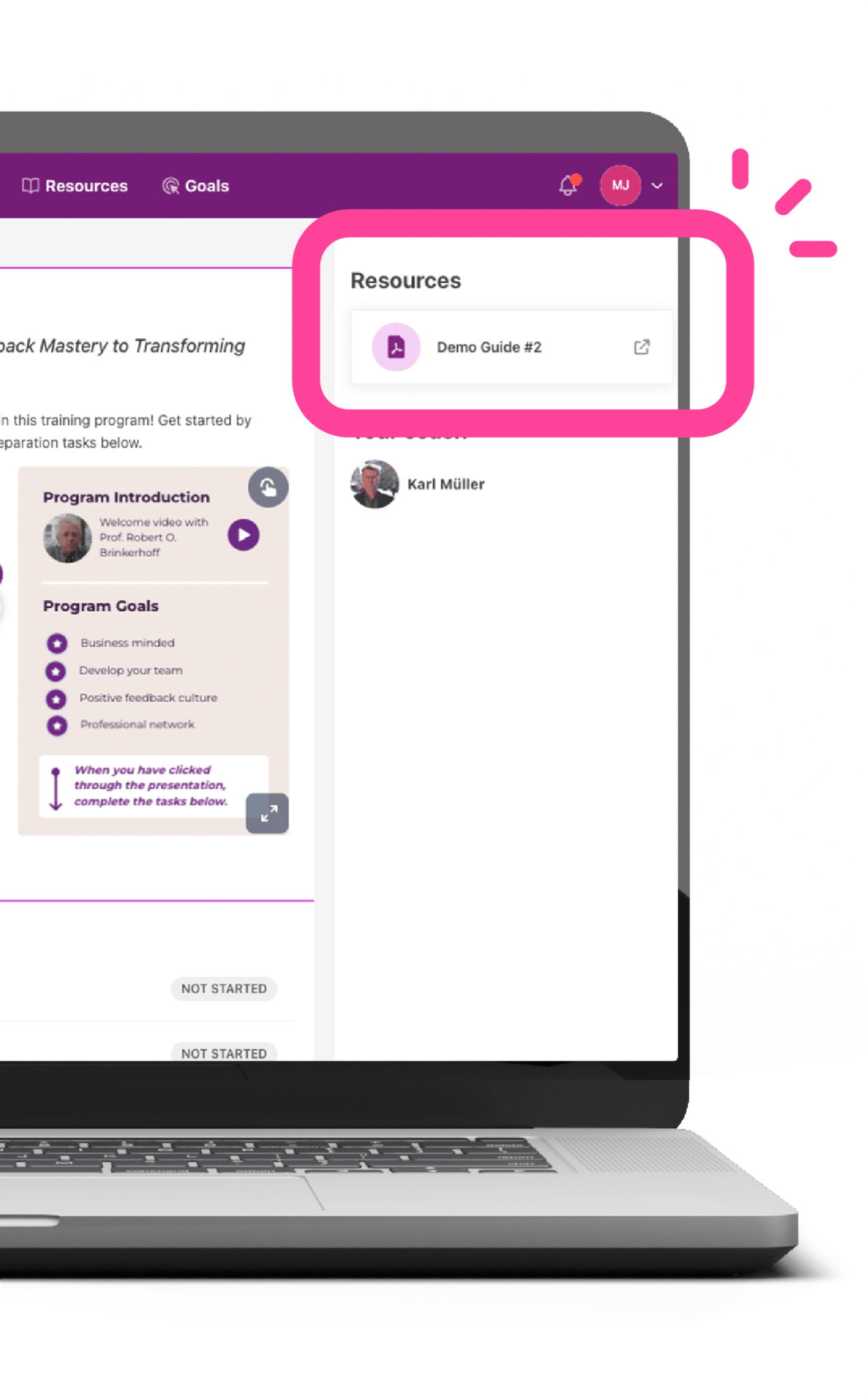A wise man is purported to have said that the more things change, the more they stay the same. The challenge that training leaders face today is both the same and it is also changing. What remains the same is that training leaders must produce worthwhile business results. The change is that they must produce them faster than ever, with greater impact from decreasing resources. Shifting global markets, emerging new technologies and uncertain economic conditions require organizations to develop new strategic priorities ever more frequently. The even greater challenge is to get employees to execute these new initiatives that are introduced ever more frequently.
But training as an organizational function remains stuck with the fundamental weakness it has had for decades. Research, and our own dozens of evaluation studies, show that less than 20 percent or so of trainees take what they learned in training back to the job and use it in ways that are aligned with strategic goals and likely to achieve worthwhile results for their businesses.
If we look at training as only a sort of staff benefit, then maybe these results are tolerable. To be sure, learning and development have staff-benefit value. It is impossible to recruit, develop and retain employees without it. But conceiving of training as only a staff benefit is a fatal error, for it will always be just a cost and a vulnerable overhead expense.
Inevitable new business scenarios – a merger, a new product launch, a new strategic direction – require training that works to achieve 80% and better impact rates. Too many companies may be betting the business on defective training. Training has to drive performance change and improvement. If it does not, strategic initiatives die from failure to execute. At a 20% impact rate, by the time training produces a sufficient mass of employees actually executing a new strategy, the strategy is obsolete and it is time to launch a new one.
Good News and Bad News
In the past few years, we have dug deep into the causes of poor training and development.
We almost always find that some percentage of trainees apply critical elements of their new learning in improved job performance making substantial contributions to important business goals and strategies. The good news is that training works. The bad news is that it doesn’t work this well enough of the time with enough trainees, and so the typical training initiative leaves a lot of impact—and thereby a lot of money—on the table.
There is more good news. The reasons why this larger percentage of trainees does not effectively apply their training is NOT that the training itself is a failure; we already know it works for some people very well. The majority of the participants that did not apply their learning (i.e., did not execute the strategic behaviours) did not fail because they did not learn the right stuff. Instead, they failed to apply what they learned because they too often encountered one or more negative performance system factors. When we do a better job of managing these key performance system factors, we see dramatically improved results: more people using their training as well as the few best ones did.
Here are some of the most important factors we consistently find that cause training to fail:
- Senior leadership did not understand or believe in the business need for the training and thus failed to support it rigorously and thoroughly
- Trainees were sent to training without adequate preparation; they did not have a clear line of sight as to why the training was important, exactly what they most needed to learn, and how they could use it to drive their (and their business unit’s) performance
- Trainees got trained at the wrong time, when they were not positioned to make the most of it in their work. The calendar, not their needs, drove their involvement.
- Managers did not support or reinforce or hold employees accountable for applying their new learning in their jobs
- The managers of trainees’ managers failed to hold their direct reports accountable for coaching and supporting their employees’ efforts to apply their training
- Incentives and other performance factors were misaligned with applying the learning in new job behaviours
Note that none of these failure causes are centered in the training events and materials; they are failures of the “operating system”. And, they can be relatively easily mitigated and managed positively, as our High Impact Learning converts have demonstrated, time and again.
Getting Out of the Morass
There are two fronts on which we must fight the battle to turn training results around. First, we have to expand our thinking beyond simply delivering a powerful learning event, and manage the larger process of getting senior leaders involved, getting managers to prepare and support trainees, and so forth. This helps us improve results, for a while.
This takes us to the second battlefront. We must begin a long term strategy to educate the larger organization and change the way that training is perceived and managed. Getting impact from training is the responsibility of the whole organization since the critical failure factors lie outside the bureaucratic purview of the L&D function. Accountability for training impact cannot be delegated to a training department. Teaching this lesson and beginning the cultural transformation, however, lies squarely in our accountability laps. Evaluation and measurement are the tools that can best help us begin and complete the journey.
We have to be relentless in measuring and evaluating the results we get; not only measuring the business impact of the training, but assessing who did what to help (or hinder) impact. And we have to provide the feedback to all of the stakeholders in the learning-to-performance process. We do not evaluate training; instead, we evaluate how well the organization is using training to get results, what’s working, and what is not. If some managers really did their jobs in preparing trainees, for example, then our evaluation should dig these facts out, and document the good work they did and the results it brought them, their employees, and the business. And we must also show what was lost when the performance support chain was broken, so that senior leaders can see that there is a true business case for holding their managers accountable for supporting training and development.
The Prescription is Simple:
- Stop just “delivering” training; start building methods and tools for the organization to use to be sure training sticks and gets results
- Educate senior leaders and managers about their role in making training work. Show them what’s at stake when it works, and what’s at risk when it doesn’t
- Relentlessly measure the results you get, and show how the performance system factors were the make-or-break factors in success
- Tell the truth about training results. When it does not work, say so clearly. Be sure everyone understands what the reasons for failure were, and what costs were incurred by failure and what benefits were not realized.
- Provide feedback to all the stakeholders in the value chain so they can clearly see how their support (or lack of it) makes a difference
- Tell the story loud and clear. When you make a strong business case for managing training as a process—and only then—will you build the organization that gets consistently great results.




